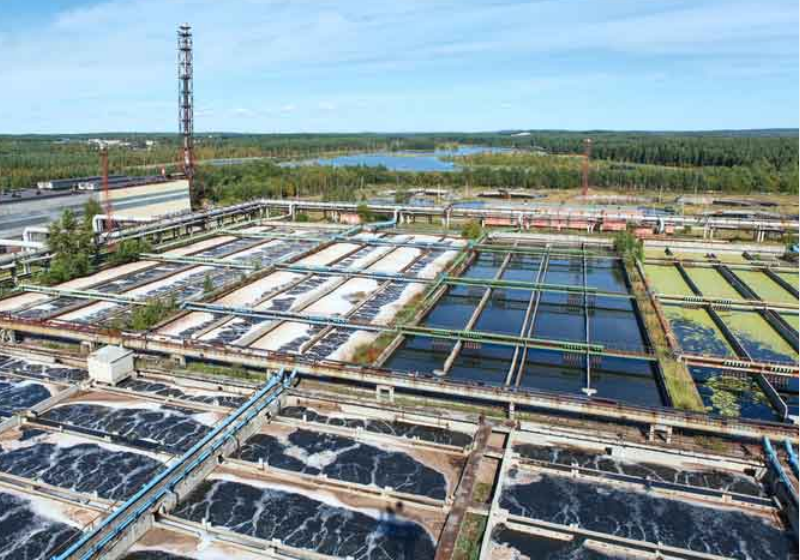Classification of Biochemical Treatment
Wastewater Biochemical Treatment Process is one of the most important processes in wastewater treatment system.
Biochemical treatment can be divided into Aerobic Biochemical Treatment and Anoxic Biochemical Treatment according to the different requirements of microbial growth on the oxygen environment, and anoxic biochemical treatment can also be divided into Facultative Biochemical Treatment and Anaerobic Biochemical Treatment.
Difference between the Aerobic Biochemical Treatment and Facultative Biochemical Treatment
In the process of aerobic biochemical treatment, aerobic microorganisms must grow and reproduce in the presence of a large amount of oxygen, and reduce the organic substances in wastewater.
In the process of facultative biochemical treatment, facultative microorganisms only need a small amount of oxygen to grow and reproduce and degrade organic substances in the wastewater. If there is too much oxygen in the water, facultative microorganisms will not grow well, which will affect its treatment efficiency of organic substances.
The facultative microorganism can adapt to the wastewater with high COD concentration. The COD concentration of influent water can be increased to more than 2000mg/L, and the COD removal rate is generally 50-80%.However, aerobic microorganisms can only adapt to wastewater with low COD concentration. The COD concentration of influent water is generally controlled below 1000-1500mg/L, and the COD removal rate is generally 50-80%. The time for facultative biochemical treatment and aerobic biochemical treatment is not too long, generally 12-24 hours.
People use the difference and the same advantages between facultative biochemistry and aerobic biochemistry to combine facultative biochemical treatment and aerobic biochemical treatment, so that wastewater with high COD concentration can be subject to facultative biochemical treatment first, and then the treated effluent of facultative pond can be used as the inlet of aerobic pond. Such combined treatment can reduce the volume of biochemical pond, save environmental investment and reduce daily operating costs.
The principle and function of anaerobic biochemical treatment and facultative biochemical treatment are the same. The difference between anaerobic biochemical treatment and facultative biochemical treatment is that anaerobic microorganisms do not need any oxygen in the process of propagation and growth of anaerobic microorganisms and their degradation of organic substances, and anaerobic microorganisms can adapt to wastewater with higher COD concentration (4000-10000mg/L). The disadvantage of anaerobic biochemical treatment is that the biochemical treatment time is very long, and the retention time of wastewater in the anaerobic biochemical tank generally requires more than 40 hours.
The relationship between Dissolved Oxygen and Microorganisms
Oxygen dissolved in water is called Dissolved Oxygen. Dissolved oxygen is the oxygen that the living organisms and aerobic microorganisms in water depend on.
Different microorganisms have different requirements for dissolved oxygen:
Aerobic Microorganisms need to supply sufficient dissolved oxygen. Generally speaking, dissolved oxygen should be kept at 3mg/L and at least 2mg/L.
Facultative Microorganisms requires the range of dissolved oxygen is 0.2-2.0mg/L.
Anaerobic Microorganisms requires the range of dissolved oxygen to be below 0.2mg/L.
Compared with other treatment methods, Wastewater Biochemical Treatment Process has the characteristics of low energy consumption, no dosing, good treatment effect and low treatment cost.
#QDEVU #WASTEWATERTREATMENT #SEWAGETREATMENT #WATERTREATMENT



